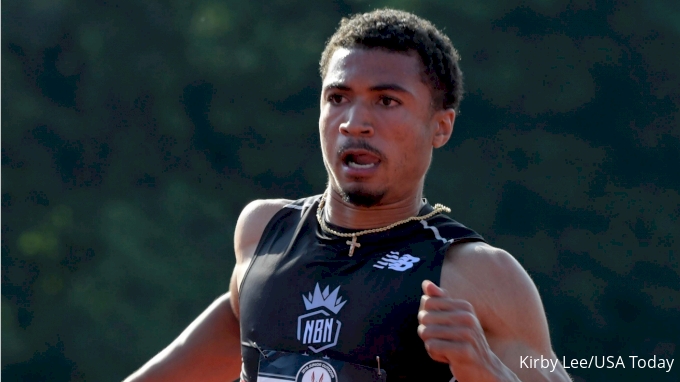

Williams moved the chains frequently in 2018, but not as much on the money downs. … I’m trying to get better as an all-around receiver.” “I’ve just got to work on release and route-running. “I get more press (coverage),” Williams said. With more responsibility possibly coming on the outside, Williams said during spring practices that he was focused specifically on improving these two key areas of his game. Williams was a successful multi-sport athlete in high school, so last year was the first time in his playing career that he was able to focus specifically on one sport. It wasn’t until the second half of the season that Auburn tried different things with the talented freshman, whether it was more corner or out routes. Most of his early targets came on either slants or deep posts. There were some issues, though, when Stidham delivered a quick rhythm throw to his big target.Ī drop rate of 17.4 percent isn’t horrible for a first-year receiver at the college level, but it will have to be something that he focuses on in order to take that next step as a go-to target for Auburn’s offense.Īuburn kept things simple for Williams for a lot of the 2018 season. Williams’ hands were impressive on jump balls and passes deep down the field. All of his receptions went for 10 or more yards, and that’s with an average of just 4.8 yards after the catch. Only one of Williams’ catches did not go for either a first down or a touchdown in 2019.

Auburn turned to him more in red-zone situations during the second half of the season, where he was able to win in one-on-one coverage in key spots.One of the biggest figures that jumps out from Williams’ first season at Auburn is the first downs and touchdowns rate. The Tigers lined him up more in the slot than on the outside, but it’s worth noting that all five of Williams’ touchdown catches came when he was an outside receiver. The big-play threat also showcased some versatility in 2018. Targets as outside receiver: 20 (11 catches for 248 yards and 5 TD).Targets as inside receiver: 26 (15 catches for 286 yards).First downs + touchdowns: 25 of 26 catches.In this edition of the Auburn Film Room at The Athletic, we’ll take a look at the positives and negatives from Williams’ and Schwartz’s first season, along with what both the receivers themselves and the Tigers’ offense can do to maximize their potential in 2019. Williams and Schwartz aren’t like-for-like substitutions for Slayton and Davis, but they’re expected to be the top two targets this season for whoever takes over as Auburn’s starting quarterback in Malzahn’s offense. The former junior 100-meter world record holder had a strong claim to being the fastest player in college football from the time he first stepped onto the field, and the track star racked up seven total touchdowns as a newcomer. In his true freshman campaign, Schwartz averaged more than 11 yards per touch as a combo rushing-and-receiving threat. (Slayton, the other player with five, had three scores in the bowl game drubbing of Purdue.) Williams finished with just 12 fewer yards than Davis for second-most among the Tigers. He did that as a true freshman, and he also tied for the team lead with five touchdown receptions - including the game-winner against Texas A&M. Williams, a 6-foot-3 target from rival Alabama’s backyard, was the only qualified SEC receiver to average 20-plus yards per catch in 2018. Yet most of the hype at the position is going to a pair of sophomores, Seth Williams and Anthony Schwartz. Wide receivers coach Kodi Burns, the lone holdover of that main passing game cast from the last two seasons, will get both Eli Stove and Will Hastings back from major ACL injuries that cost them most of 2018. How Auburn will replace Stidham at quarterback - either between Joey Gatewood and Bo Nix, or a combination of both - is yet to be determined.īut the departures of Slayton and Davis will open the door for a new combination to take charge for Auburn’s receivers, much to the excitement of many in the fan base. Gus Malzahn’s decision to return to play-calling, combined with the hire of former Memphis offensive coordinator Kenny Dillingham to the same position as Lindsey, settled the coaching side of the transition.


 0 kommentar(er)
0 kommentar(er)
